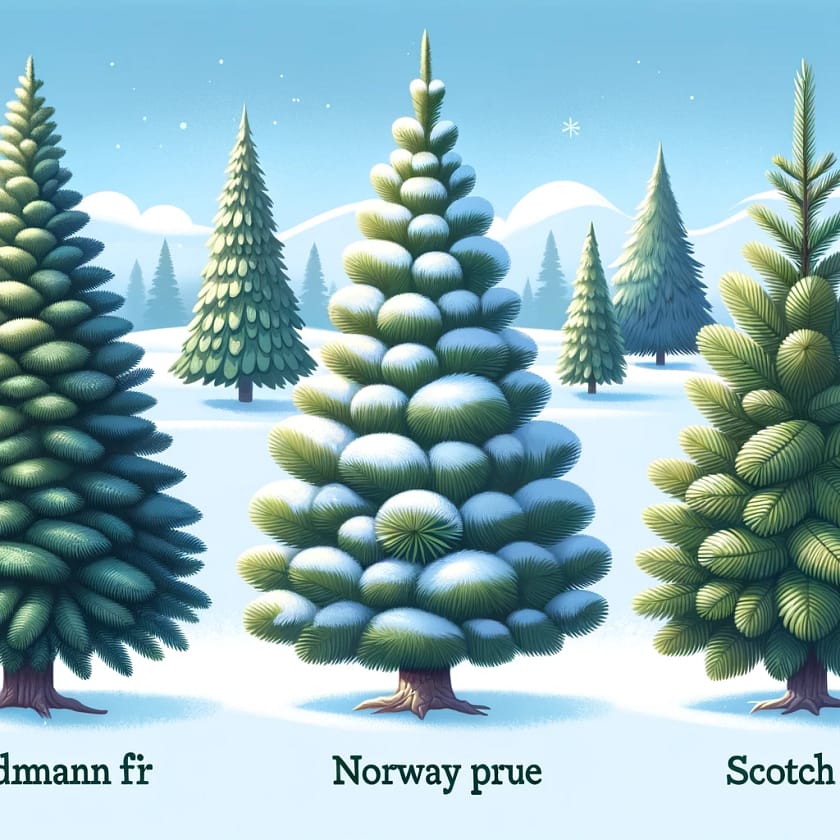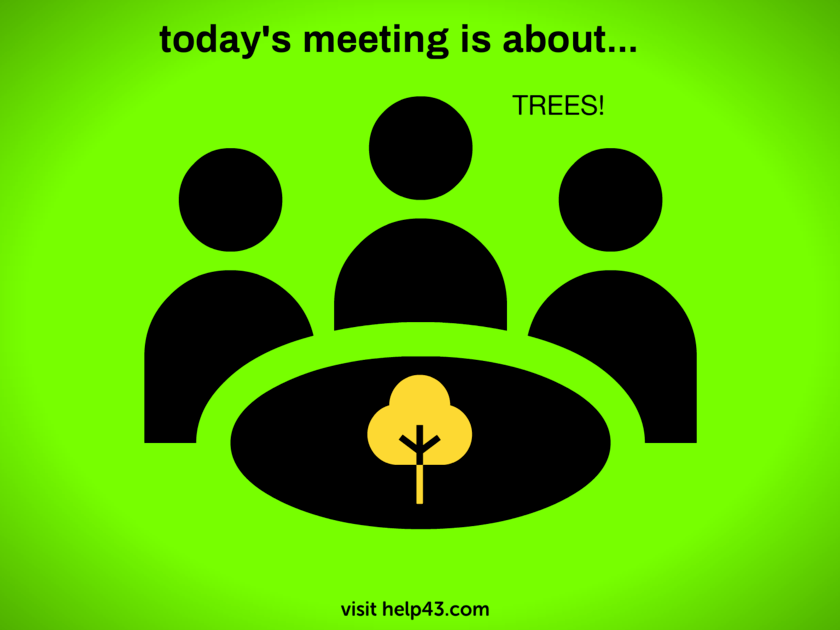What is the origin of the christmas tree and the traditions around
The origin of the Christmas tree and its associated traditions is a blend of history, folklore, and religious practices from various cultures, evolving over centuries.
- Ancient Pagan Traditions: Long before Christianity, plants and trees that remained green all year had a special meaning for people in winter. Pagans used branches of evergreens to decorate their homes during the winter solstice as a reminder of the green plants that would grow again when the sun god was strong and summer would return. The Romans also used Fir Trees to decorate their temples at the festival of Saturnalia, a winter festival.
- Christian Adoption and Transformation: The use of evergreen trees as a symbol during winter celebrations was gradually incorporated into Christian traditions. The first documented use of a tree at Christmas and New Year celebrations is argued to be in Latvia and Estonia in the early 16th century.
- Germany’s Influence: The custom of the Christmas tree developed in medieval Germany. A popular story narrates that Protestant reformer Martin Luther first added lighted candles to a tree, inspired by the starry sky one night. By the 19th century, the Christmas tree had become a common tradition in Germany.
- Spread to Britain and Beyond: The Christmas tree was popularized in England by Prince Albert, the German husband of Queen Victoria, in the 19th century. The royals’ use of a Christmas tree was published in newspapers and emulated across Britain and the United States.
- Evolving Traditions: Over time, the decorations on the Christmas tree have evolved. Initially, they were primarily apples, nuts, and other foods. Later, candles (and then electric lights) and various ornaments began to be used.
- Modern Day Symbolism: Today, the Christmas tree is a recognized and integral part of Christmas celebrations around the world. It symbolizes life, rebirth, and the spirit of the holiday season, regardless of religious affiliation.
The tradition of the Christmas tree, therefore, represents a fascinating blend of customs from various cultures and eras, evolving and adapting to become the festive symbol we recognize today.
What tree is used for christmas tree
The tree used for Christmas trees is typically not a pine at all, but rather a type of evergreen conifer from various genera such as Picea (spruce), Abies (fir), and Pinus (true pines). The specific types of trees commonly used as Christmas trees include:
- Fir Trees (Abies spp.): Fir trees are perhaps the most popular Christmas trees, prized for their pleasant fragrance and classic pyramid shape. The needles are typically soft and not prickly. Some popular varieties include:
- Nordmann Fir (Abies nordmanniana): Known for its thick, glossy needles that are not sharp and do not drop easily.
- Fraser Fir (Abies fraseri): Similar to the Nordmann Fir but with a pleasant scent and good needle retention.
- Balsam Fir (Abies balsamea): Known for its aromatic needles and traditional conical shape.
- Spruce Trees (Picea spp.): Spruce trees are also used, although their needles are usually sharper and they may not retain them as well as firs. Popular spruce trees include:
- Norway Spruce (Picea abies): Traditional in Europe, it has a nice shape and fragrance but can lose needles quickly if not kept watered.
- Blue Spruce (Picea pungens): Known for its distinctive blue-gray color and sharp needles.
- Pine Trees (Pinus spp.): True pines are also used, known for their long, soft needles. Varieties include:
- Scotch Pine (Pinus sylvestris): Popular for its robustness and needle retention, even when dry.
- Eastern White Pine (Pinus strobus): Noted for its long, feathery needles but not as fragrant as firs or spruces.
The choice of tree often depends on local availability, personal preferences for appearance and scent, and the tree’s ability to retain its needles and stay fresh throughout the holiday season. Each type of tree has its unique characteristics, making them special in their own way.
Here is an illustration depicting three types of Christmas trees for comparison

- Nordmann Fir: Noted for its thick, glossy needles and a classic pyramid shape.
- Norway Spruce: Characterized by a conical shape and sharp needles.
- Scotch Pine: Known for its robust branches and long, soft needles.
The trees are shown side by side in a serene winter landscape, each labeled with its name.
Botanicus Plus a GPT for starters and experts
Botnicus Plus boasts an array of new features, enhancing its global appeal and user interaction. These include: 1) Multilingual Support for accessibility in various languages. 2) Virtual Tours of famous botanical gardens and historical plant sites. 3) A Botanical Identification Tool for users to upload and identify plants. 4) Seasonal Guides and Tips tailored to local climates and regions. 5) Opportunities for users to engage in Collaborative Projects and Citizen Science Initiatives. 6) Advice on Sustainable Gardening Practices. 7) Interactive Q&A Sessions with botany experts. 8) Personalized Plant Care Reminders for gardeners. These features enrich Botnicus Plus’s mission to provide comprehensive, interactive, and culturally rich botanical education, fostering a deeper connection with the natural world.
Enjoy!👒
Invest in your future
Take time to learn
Embark on your journey in affiliate marketing and website creation alongside an incredible community and myself. Invest in your future by dedicating time to learn and earn. Take all the time you need to master the basics before aiming higher. Give it a try and sign up for free. You won't regret it! Discover the possibilities for yourself...


